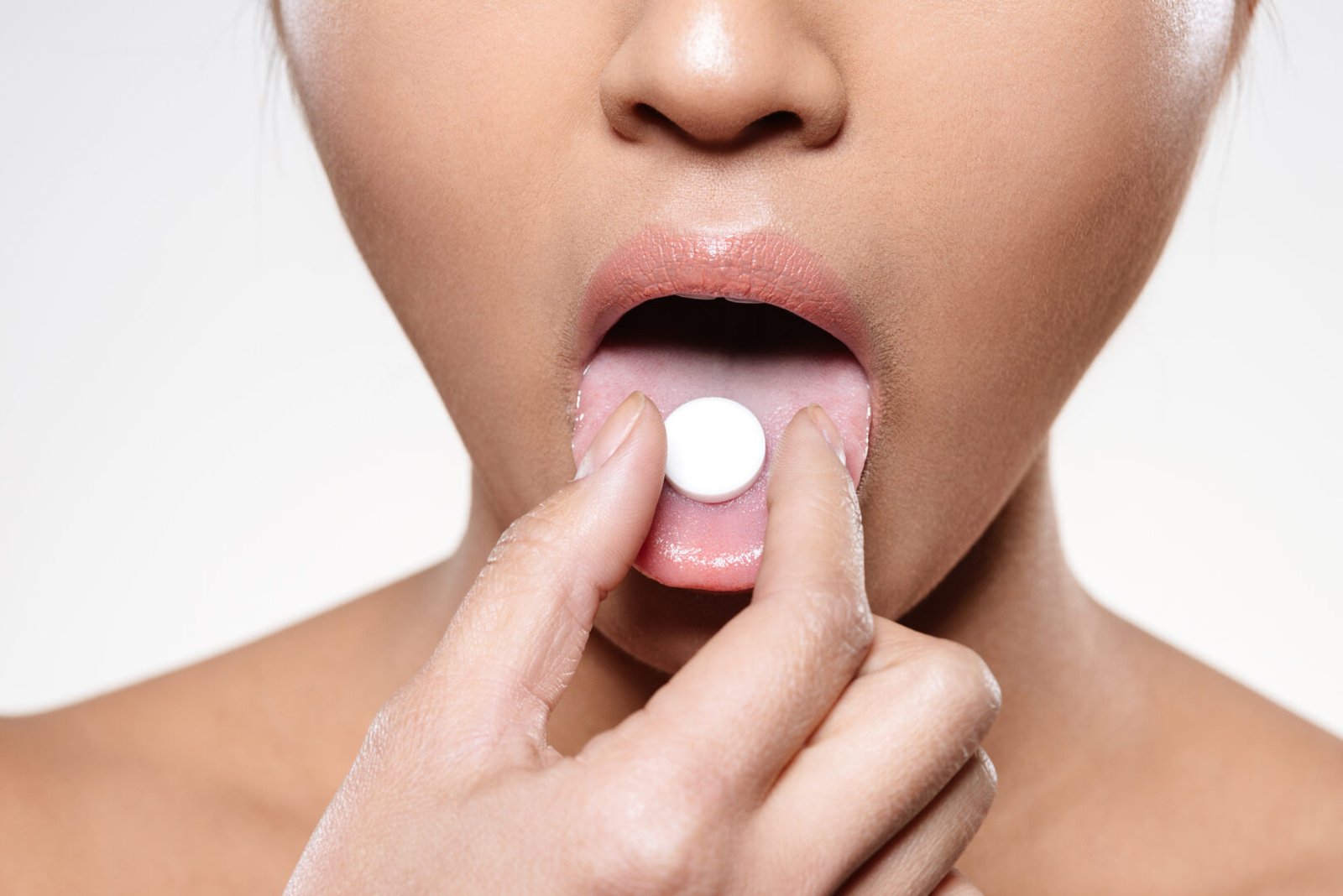The Testosterone Talk I Wish I Had Sooner: One Man’s Journey Back to Health and Why Every Man Over 40 Should Be Asking Questions
Explore the benefits and risks of testosterone replacement therapy for men over 40. Learn about different treatment options, potential side effects, and whether it's right for you.

Four years ago, I walked into my doctor’s office exhausted, frustrated, and silently wondering what had happened to the man I used to be. My energy was shot. My sex drive had plummeted. I wasn’t building muscle anymore—just losing it. And emotionally? I felt flat.
That day, my doctor suggested testosterone replacement therapy. I had heard about testosterone—mostly in locker-room conversations or documentaries about bodybuilders—but I didn’t know much. The moment he mentioned injections, I pictured huge needles and synthetic hormones and, honestly, I panicked. I agreed to try one dose, then never went back.
I let fear and a lack of information steer me away from something that could have helped me. Now, at 56, I’ve spent the last year revisiting the conversation. I’ve read more, talked to other men, and realized this therapy isn’t about vanity—it’s about quality of life.
So, I’m going back in. But this time, I want to understand what testosterone therapy really is, why it’s often misunderstood, and how other men like me can safely explore it—because no one should have to feel like this is a secret shame.
Let’s break it down.
Understanding Testosterone Replacement Therapy
Testosterone is a hormone responsible for many vital functions in men—muscle mass, libido, mood, red blood cell production, bone density, and more. Beginning in our 30s, testosterone naturally starts to decline. By the time many of us hit our 40s and 50s, levels can be 20–50% lower than in our younger years. That decline often leads to fatigue, weight gain, brain fog, low sex drive, and even depression.
I wish someone had told me that testosterone therapy isn’t just for athletes or men trying to bulk up. It’s a medically supervised treatment for hormone deficiency. And it’s more common than most people think. Studies show that about 39% of men over 45 have low testosterone, yet very few are being treated.
Testosterone Decline by Age and Race
Testosterone levels decline with age, but the rate and extent can vary among different age groups and racial/ethnic backgrounds.
- Age: Testosterone levels typically begin to decline after the age of 30. By the time men reach 70, their testosterone levels can be 30% lower than at their peak. This decline is gradual and can lead to symptoms such as reduced energy, decreased libido, and loss of muscle mass.
- Race/Ethnicity: A study using data from the National Health and Nutrition Examination Survey (NHANES) found that low testosterone levels were prevalent across various racial and ethnic groups. Specifically, the study reported that 64.6% of men with low testosterone were non-Hispanic white, 8.9% were non-Hispanic black, 16.3% were Hispanic, and 10.2% were from other racial/ethnic backgrounds. These figures suggest that low testosterone affects men across all racial and ethnic groups, though the prevalence may vary.
Forms of Testosterone Replacement
TRT is available in various forms now. Yes, injections are still common—and effective—but there are also daily gels, skin patches, implanted pellets, and even oral tablets. If you’re squeamish about needles like I was, a daily topical gel might be a more comfortable place to start. The key is finding what works best for your body and lifestyle.
Read About: Hormone in Women’s Health
Benefits of Testosterone Replacement Therapy
Studies have shown that TRT can offer several benefits:
- Increased Muscle Mass: TRT can lead to a 10–12% increase in lean muscle mass over a year.
- Fat Reduction: An 11% reduction in body fat, particularly abdominal fat, within 12 months.
- Improved Bone Density: Long-term TRT increased bone mineral density by 8–10%, reducing fracture risk.
- Enhanced Mood: 56% of patients reported improved mood and reduced symptoms of depression after three months.
- Better Sleep: 65% of men reported better sleep quality and reduced sleep apnea symptoms after six months.
- Improved Cognitive Function: TRT improved memory and attention in men with testosterone deficiency.
- Improved Quality of Life: Long-term TRT is associated with a 20% improvement in overall quality of life.
Risks and Considerations
While TRT offers benefits, it’s essential to consider potential risks:
- Cardiovascular Health: Some studies suggest a potential increased risk of heart disease with TRT, though findings are mixed.
- Prostate Health: TRT may stimulate the growth of existing prostate cancer.
- Sleep Apnea: TRT can worsen sleep apnea in some individuals.
- Skin Reactions: Acne or other skin reactions may occur.
- Fertility Concerns: TRT can reduce sperm production, affecting fertility.
- Blood Clots: Elevated red blood cell counts can increase the risk of clotting.
It’s crucial to undergo thorough medical evaluation and regular monitoring when considering TRT.
Should You Consider Testosterone Replacement Therapy?
If you’re experiencing symptoms like fatigue, decreased libido, or reduced muscle mass, and blood tests confirm low testosterone levels, TRT might be a viable option. However, it’s not suitable for everyone. Men with untreated prostate or breast cancer should not undergo TRT. Discussing with a healthcare provider is essential to weigh the benefits and risks.
My thoughts
Testosterone replacement therapy has evolved, offering men over 40 a chance to reclaim vitality and well-being. While it’s not a one-size-fits-all solution, for many, it can be a game-changer. If you’re considering TRT, consult with a knowledgeable healthcare provider to determine the best approach for your individual needs.








